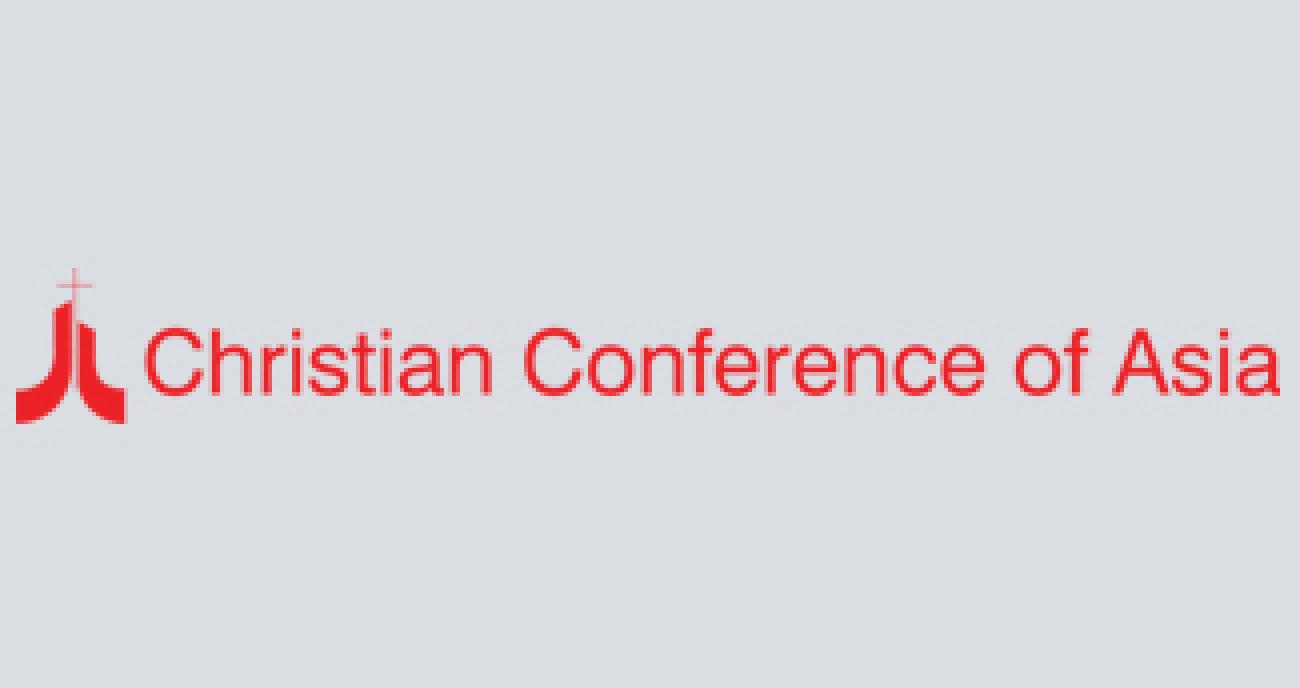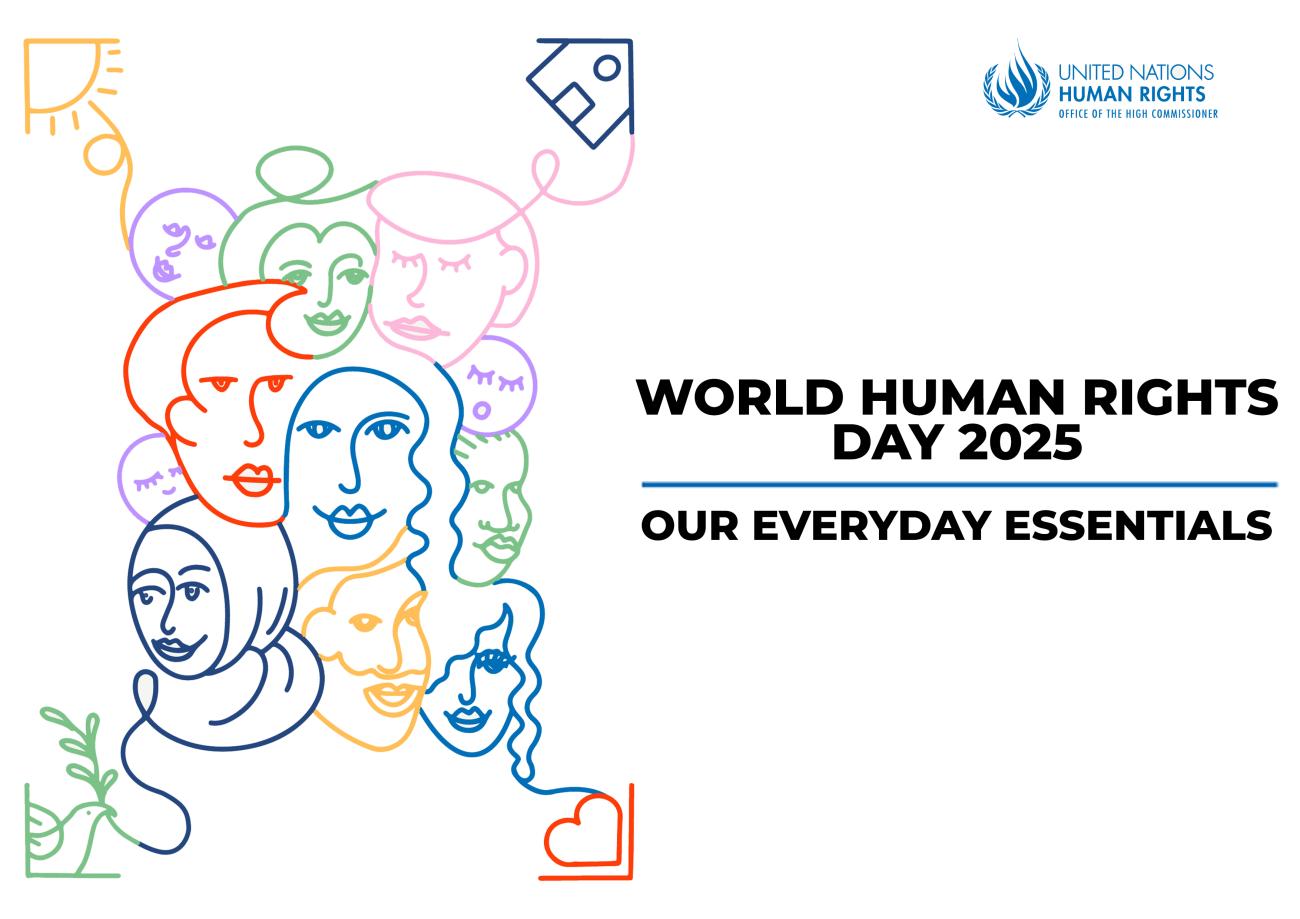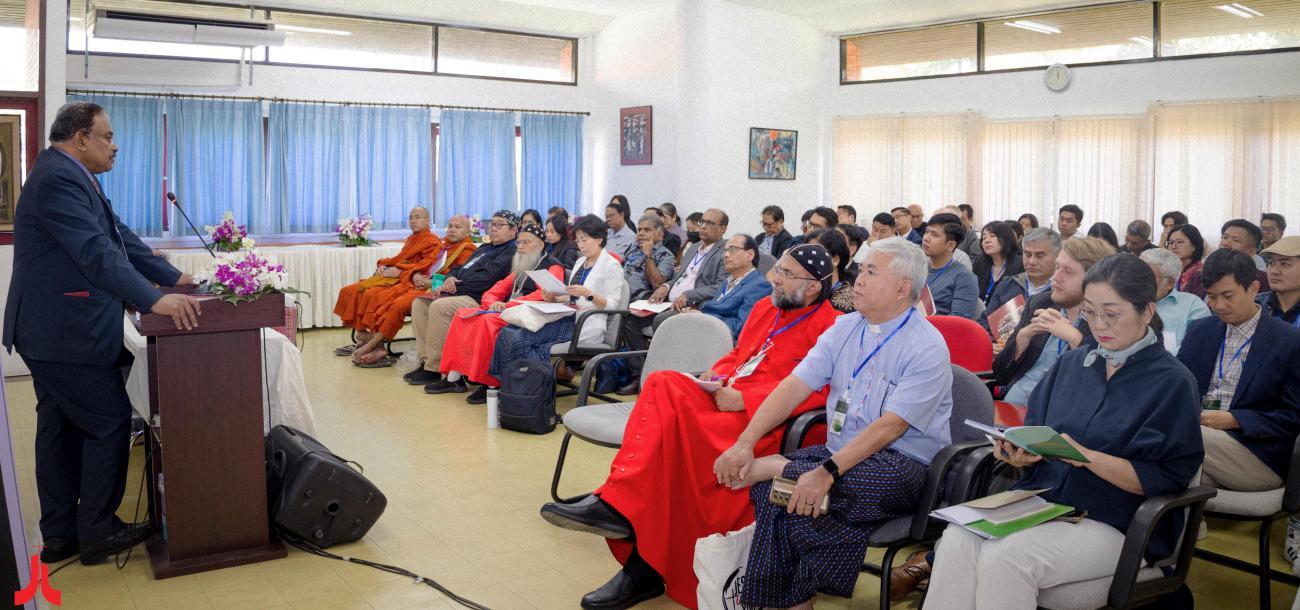World Water Day 22 March 2013: International year of Water Co-operation

2013 International year of Water Co-operation
For the last 21 years, World Water Day is held annually on 22 March as a means of focusing attention on the importance of freshwater and advocating for the sustainable management of freshwater resources. Each year, World Water Day highlights a specific aspect of freshwater. In 2013, in reflection of the International Year of Water Cooperation, World Water Day is also dedicated to the theme of cooperation around water and is coordinated by UNESCO in collaboration with UNECE and UNDESA on behalf of UN-Water.
Water Co-operation: The fulfillment of basic human needs, our environment, socio-economic development and poverty reduction are all heavily dependent on water. Good water management is especially challenging due to some of its unique characteristics: it is unevenly distributed in time and space, the hydrological cycle is highly complex and perturbations have multiple effects. Rapid urbanization, pollution and climate change threaten the resource while demands for water are increasing in order to satisfy the needs of a growing world population, now at over seven billion people, for food production, energy, industrial and domestic uses. Water is a shared resource and its management needs to take into account a wide variety of conflicting interests. This provides opportunities for cooperation among users.
In designating 2013 as the UN International Year of Water Cooperation, the UNGA recognizes that cooperation is essential to strike a balance between the different needs and priorities and share this precious resource equitably, using water as an instrument of peace. Promoting water cooperation implies an interdisciplinary approach bringing in cultural, educational and scientific factors, as well as religious, ethical, social, political, legal, institutional and economic dimensions.
A few facts and figures for consideration and thought on World Water Day: An increasing demand : 85% of the world population lives in the driest half of the planet. 783 million people do not have access to clean water and almost 2.5 billion do not have access to adequate sanitation. 6 to 8 million people die annually from the consequences of disasters and water-related diseases. Global population growth projections of 2–3 billion people over the next 40 years, combined with changing diets, result in a predicted increase in food demand of 70% by 2050.
With expected increases in population, by 2030, food demand is predicted to increase by 50% (70% by 2050) (Bruinsma, 2009), while energy demand from hydropower and other renewable energy resources will rise by 60% (WWAP, 2009). These issues are interconnected – increasing agricultural output, for example, will substantially increase both water and energy consumption, leading to increased competition for water between water-using sectors. Water availability is expected to decrease in many regions.
Water for irrigation and food production constitutes one of the greatest pressures on freshwater resources. Agriculture accounts for ~70% of global freshwater withdrawals (up to 90% in some fast-growing economies).
A resource without borders: Water is not confined to political borders. An estimated 148 states have international basins within their territory (OSU, n.d., 2008 data). There are 276 trans-boundary river basins in the world (64 trans-boundary river basins in Africa, 60 in Asia, 68 in Europe, 46 in North America and 38 in South America).
185 out of the 276 trans-boundary river basins, about two-thirds, are shared by two countries. 256 out of 276 are shared by 2, 3 or 4 countries (92.7%), and 20 out of 276 are shared by 5 or more countries (7.2%), the maximum being 18 countries sharing a same trans-boundary river basin (Danube).
46% of the globe’s (terrestrial) surface is covered by trans-boundary river basins. 148 countries include territory within one or more trans-boundary river basins. 39 countries have more than 90% of their territory within one or more trans-boundary river basins, and 21 lie entirely within one or more of these watersheds.
Pollution: The treatment of waste-water requires significant amounts of energy, and demand for energy to do this is expected to increase globally by 44% between 2006 and 2030 (IEA, 2009), especially in non-OECD countries where waste-water currently receives little or no treatment (Corcoran et al., 2010).
Pollution knows no borders either. Up to 90% of waste-water in developing countries flows untreated into rivers, lakes and highly productive coastal zones, threatening health, food security and access to safe drinking and bathing water Over 80% of used water worldwide is not collected or treated (Corcoran et al., 2010).
Co-operation, a contrasted reality: There are numerous examples where trans-boundary waters have proved to be a source of cooperation rather than conflict. Nearly 450 agreements on international waters were signed between 1820 and 2007 (OSU, 2007). The future is in our hands….
My people have committed two evils:
they have forsaken Me, the Fountain of living waters,
and they have hewn for themselves cisterns,
broken cisterns which cannot hold water.
Jeremiah 2:13
All who drink of this water will be thirsty again.
But whoever takes a drink of the water that I will give him shall never,
no never, be thirsty any more.
But the water that I will give him
shall become a spring of water welling up (flowing and bubbling)
continually within him into and for eternal life.
John 4:13-14.
Inputs from UN Water: World Water Day








